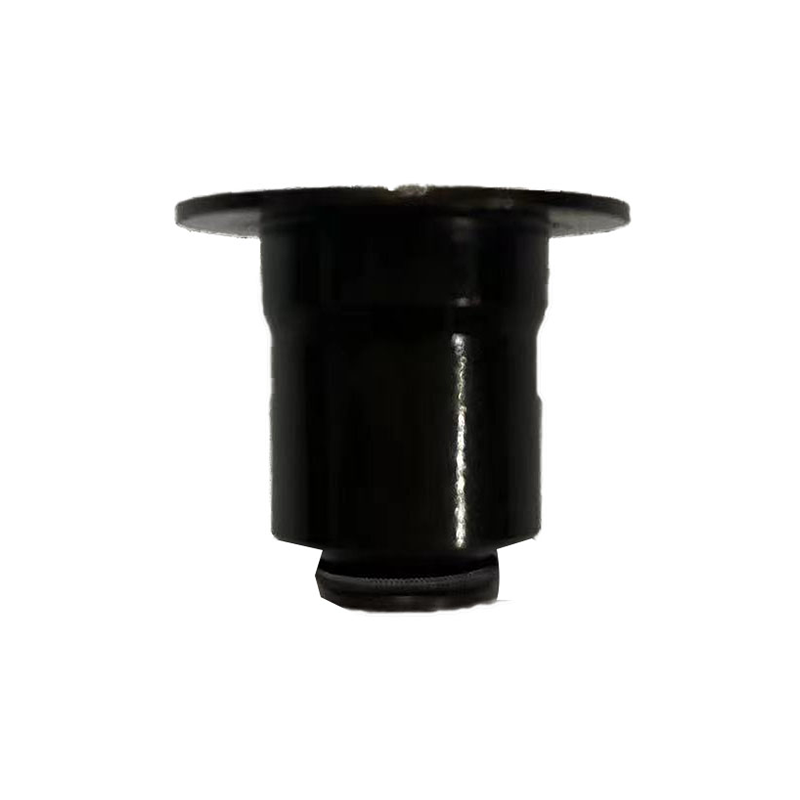In the realm of automotive technology, car headlights have evolved from mere functional components into sophisticated, safety-centric features that significantly impact driving visibility and road safety. From the earliest gas-filled acetylene lamps of the late 19th century to today's advanced LED and laser-based systems, the journey of car headlights illustrates a remarkable blend of innovation and necessity.
The first automotive headlights were a far cry from the sleek, efficient units we know today. In the late 1800s, early automobiles relied on acetylene gas lamps, which, while brighter than candles or oil lamps, were highly flammable and required frequent maintenance. As technology progressed, incandescent bulbs—initially used in homes and later adapted for automotive use—became the norm. However, it was the advent of halogen bulbs in the 1960s that marked a significant leap forward. Halogen headlights offered improved brightness, longer lifespan, and better energy efficiency compared to their incandescent predecessors.
The turn of the century heralded the rise of Light Emitting Diodes (LEDs) in automotive lighting. LEDs provide several advantages over halogen bulbs: they consume less power, generate less heat, and offer a longer lifespan. More importantly, LEDs enable designers to create more intricate and aesthetically pleasing light patterns. Adaptive LED headlights, for instance, can adjust their beam pattern in response to steering input, speed, and ambient light conditions, enhancing visibility and reducing glare for oncoming traffic.
Manufacturers have also embraced LED technology for daytime running lights (DRLs) and taillights, further enhancing vehicle visibility and safety. LED headlights are becoming increasingly standard across vehicle segments, from compact cars to luxury SUVs, reflecting a consumer demand for both functionality and style.
Building on the success of LED technology, laser headlights represent the pinnacle of automotive lighting innovation. Lasers offer unparalleled efficiency, generating intense, focused beams of light that can travel further with less energy consumption. This makes them ideal for high-beam applications, providing drivers with enhanced visibility in low-light conditions without causing undue discomfort to other road users.
BMW was among the first to introduce laser headlights in a production vehicle, the i8 hybrid sports car. These advanced systems typically combine laser diodes with LEDs, using the former for high beams and the latter for low beams and other functions. The precision of laser lighting allows for more intricate beam shaping, further optimizing road illumination and safety.
The future of car headlights lies in smart, connected systems that go beyond mere illumination. Adaptive cruise control, autonomous driving features, and vehicle-to-vehicle (V2V) communication can all benefit from advanced lighting technologies. For instance, headlights could communicate turn signals or braking intentions to other road users via dynamic light patterns, enhancing overall road safety.












